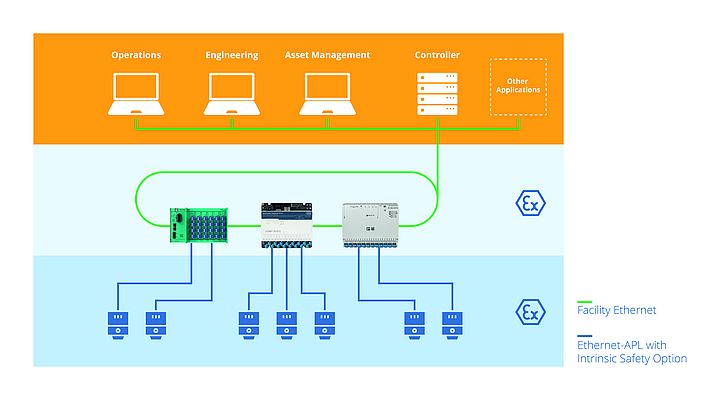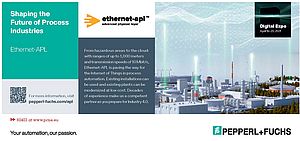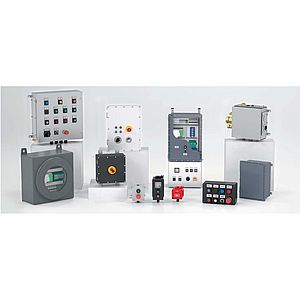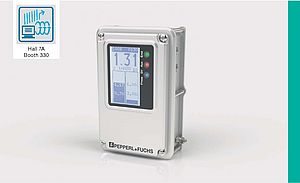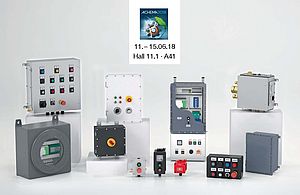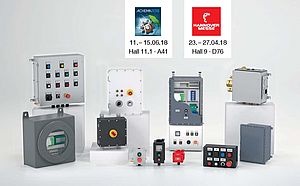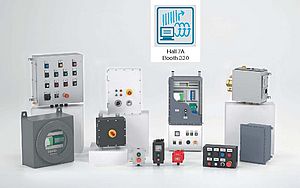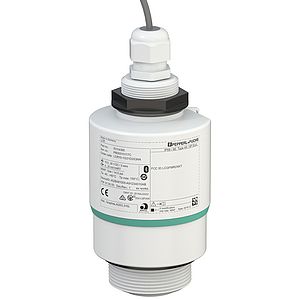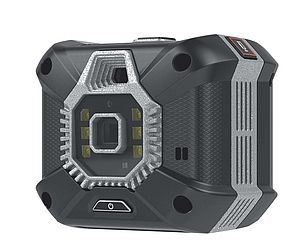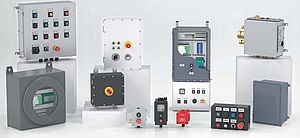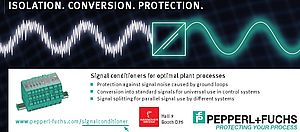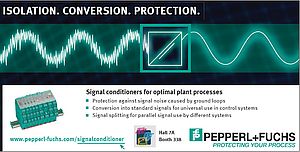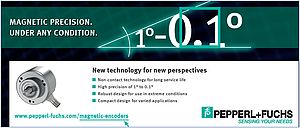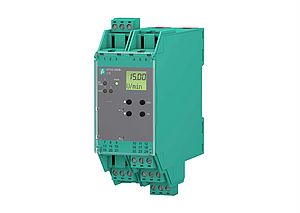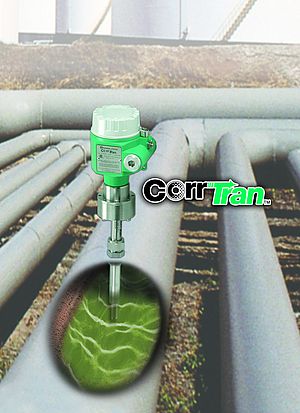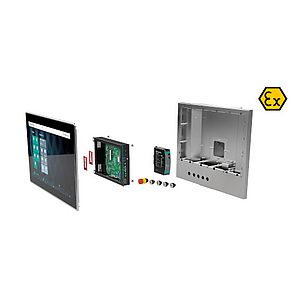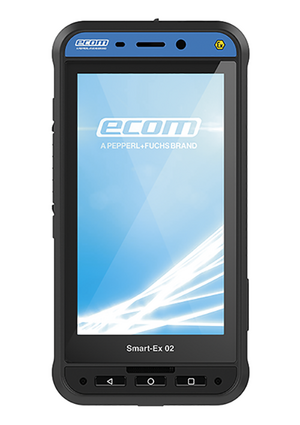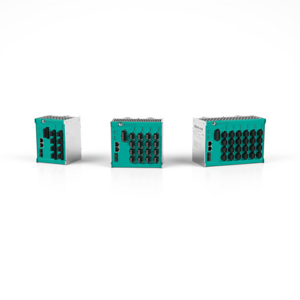Users expect a network to the field of process plants to be the platform of the future, the foundation for digitalization, seamless integration of all assets into a single system. End users look to simplify device diagnostics and integrate functional safety, all with the purpose of a good user experience when handling complex instruments. Plant builders are looking for data integration across their systems, which will help them to marry actual device tags to the master tag list and thus increase speed and quality of loop checks. Device replacement should be simpler than the current best practice with 4-20 mA and HART technologies. Ethernet-APL is the data highway to the field of process plants.
ETHERNET SPECIFICALLY FOR PROCESS PLANTS
The Advanced Physical Layer – or APL for short – is Ethernet at 10 Mbit/s hardened and adapted for the distinct features expected in applications different to regular Ethernet in an industrial or office environment. APL is based on a heritage of many decades which has seen shielded two-wire connectivity with 4 to 20 mA loops, HART and serial fieldbus techniques. Otherwise, it’s the same pluggable and fixed connection options from field instrumentation in use in process applications today.
The spur length of 200 metres allows installations where the junction box is put in an easy to reach place. Intrinsic safety techniques for the connection of field devices mean a simplified approach to planning, commissioning, maintenance and subsequent upgrades of the installation. Validation is simplified through standardized values that suppliers keep. All that is left for the user is to document the selected power class for switches and instruments and the cable used.
The power supply to APL field switches include optional redundancy. The Ethernet communication is possible with both fiber optic and regular CAT-cables. The up to four uplink ports offer flexible options such as ring redundancy back to the control room, and the ability to design for communication distances of many kilometres depending on SFP selection and home run cable choice.
The first Ethernet APL field switches offer connections for up to 24 devices with multiple switches possible in a ring topology. They are installed in the safe area or Zone 2, and future versions for Zone 1 are expected – bringing them even closer to the field instrumentation in the most hazardous of environments in heavy process applications with intrinsically safe instrument connections.
SIL SAFETY OUT OF THE BOX
Ethernet-APL opens the opportunity to fully integrate available safety concepts into an overall communication infrastructure. All industrial protocols today offer safety data embedded into the regular telegram. Additional measures such as time stamps, message counters and a very strong check sum provide for a certification of the communication to be SIL 3 out of the box. The entire infrastructure between controller and safety instrument can be considered a “black channel”. Planners will evaluate the communications infrastructure for availability requirements, only as it does not require ratings or evaluation for safety, thus simplifying design, engineering and verification of the safety function.
Plant asset management, which accesses detailed diagnostics will allow for longer and/or more flexible schedules for maintenance and safety checks. This type of safety communication is well established in the manufacturing industries and can now become part of any Ethernet-APL based plant. Utilizing this concept will greatly simplify design and implementation of safety systems. It will also reduce costs while maintaining a superior safety level to protect both employees and the plant itself.
ENGINEERING KNOWLEDGE INCLUDED
Users find all relevant information for planning and installation in the APL Engineering Guideline. It covers the three important components for an APL system: the field switches, cables and field devices. Written for engineering and planning teams, they can evaluate example applications and topologies, as well as the specifying text for projects that use this new technology. Furthermore, classes for power, ports, and intrinsically-safe protection simplify the selection of APL field devices, and facilitate intrinsic safety verification. Installation and commissioning teams will find useful and detailed information relating to the installation of APL networks, including cable routing, connection and shielding steps.
With over 100 pages, the guideline is a practical reference for both greenfield and brownfield projects, and even includes migration examples. A free download is available from all manufacturers’ websites.
USERS’ VOICES
Sven Seintsch, Bilfinger Engineering & Maintenance GmbH and Chairman of NAMUR working group 2.6 “Digital Process Communication” stated at the recent NAMUR 2022 General Assembly Meeting: “Ethernet-APL topology is open for a manufacturer independent interoperable infrastructure”. He considers it an application benefit that “Safety is a success factor for Ethernet-APL – since the same SIL-rated devices and field switches can be used for both operation and safety”, and that “Future requirements for the digitalization of plants can only be achieved with Ethernet-APL”.
He recommends asking vendors when they will be able to supply APL switches and field devices, confirm that the devices and hosts support the NAMUR NE 107, and devices are also supplied with an FDI-package. FDI packages are standardized device descriptions independent of the communications protocol or the system used. Field Device Integration (FDI) is a collaborative project between the well-known process communication interface standards organizations, and is being created by experts of the FieldComm Group, ODVA, OPC-Foundation and PI International describing representation of devices.
Sven states: “Homework for end users is now clear: Do your research […] and start to use Ethernet-APL!”
DEPLOYMENT NOW!
The authors of this article share the conviction that Ethernet-APL will become the physical layer of choice for process plants. For the first time in history, 12 leading suppliers of process technology and four standards organizations (SDO) joined forces to develop and standardize this new common physical layer based on IEEE and IEC standards. Ethernet-APL is based on over 30 years of experience with digital communication combined with today's most advanced digitalization and explosion protection concepts. This provides the user with the most powerful tool currently available for state-ofthe-art plants.
With these prerequisites significant market growth can be expected. The SDOs provide access to the technology for suppliers to expand their instrument portfolio to include EthernetAPL communication and enabling smart devices that will provide users with insights for excellence in plant performance.
All three authors are ambassadors for Ethernet-APL, the advanced physical layer that enables open communication to the field of process plants.
Dipl.-Ing. Andreas Hennecke, MBA is Product Marketing Manager at Pepperl+Fuchs and responsible for digital communications technology in process industries. Prior to his engagement with Pepperl+Fuchs he held positions in development, technical support, engineering and marketing in Germany and abroad. He serves as member of the advisory board of Profibus and Profinet International user organization.
Arnold Offner is Strategic Marketing Manager for Process Automation Infrastructure at Phoenix Contact. In his 30+ years at Phoenix Contact he has been involved in numerous sales and marketing roles, and recently in numerous technology programs. He is involved in the Ethernet-APL project Marketing team and is a member of Profinet International Process Marketing Group, FieldComm Marketing and ODVA Physical Layer standards group.
Dipl. Ing. (BA) André Fritsch is working at R. STAHL GmbH in the position of the Senior Product Manager for explosion protected Remote I/O, Fieldbus and Network technologies. He started in 1988 at the company and in 2005, he took over the global responsibility for R. STAHL’s remote I/O system IS1+. André Fritsch was involved in the Ethernet-APL project since the early beginnings and participated in the working groups for Port Profile Specification, Ethernet-APL Engineering Guide and Marketing. Besides this, he is member of the marketing committees from PI and FCG and also active in the NAMUR Open Architecture project.




